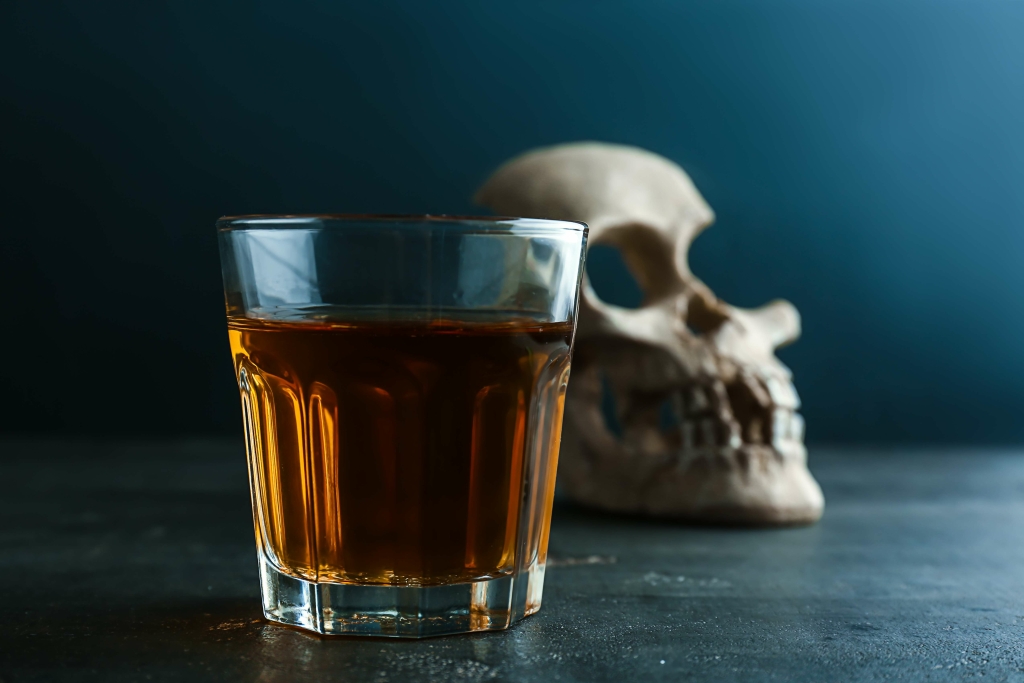Introducing an approach to promoting a healthy life for clients who are beyond early recovery. A strengths-based approach is fundamental to recovery-oriented counseling, beginning with client intake and continuing throughout the duration of care. It is inevitable that everyone will experience negative emotions at one point or another.
- Regard Healthcare offers 100% confidential substance abuse assessment and treatment placement tailored to your individual needs.
- We review the literature on the AVE in both addiction and sexual offender applications.
- Some insurance providers and health plans require patients to obtain approval for certain types of care or medications prior to receiving them.
- Such a framework should not only include predictors that are known from prior models, such as Marlatt’s Relapse Prevention Model, but also predictors that have been newly identified in this study and other recent studies (Kwasnicka, Dombrowski, White, & Sniehotta, 2019; Roordink et al., 2021).
Relapse prevention for addictive behaviors
The model incorporates the stages of change proposed by Procahska, DiClement and Norcross (1992) and treatment principles are based on social-cognitive theories11,29,30. Motivational Interviewing (MI) and motivational enhancement therapy (MET) are approaches that target motivation and decisional balance of the patient. Although MI incorporates the principles of the trans theoretical model, it has been distinguished from both trans theoretical model and CBT21. Motivation enhancement therapy (MET) is a brief, program of two to four sessions, usually held before other treatment approaches, so as to enhance treatment response24. MET adopts several social cognitive as well as Rogerian principles in its approach and in keeping with the social cognitive theory, personal agency is emphasized.

Models of nonabstinence psychosocial treatment for SUD
- In contrast, individuals with greater SUD severity, who are more likely to have abstinence goals, generally have the best outcomes when working toward abstinence (Witkiewitz, 2008).
- If you are looking for professional support or want to learn more about how we can help you on your journey to recovery please contact us.
- Other studies have similarly found that relationships between daily events and/or mood and drinking can vary based on intraindividual or situational factors 73, suggesting dynamic interplay between these influences.
- For instance, genetic factors could influence relapse in part via drug-specific cognitive processes.
- Focusing on recovery as a continual path of growth, learning, and changing can be one of the most important ways that clinicians and individuals with substance use disorders can counter the inaccuracies present in the way we think about addiction.
- Thus, instead of focusing on a distant end goal (e.g., maintaining lifelong abstinence), the client is encouraged to set smaller, more manageable goals, such as coping with an upcoming high-risk situation or making it through the day without a lapse.
Despite the growth of the harm reduction movement globally, research and implementation of nonabstinence treatment in the U.S. has lagged. Furthermore, abstinence remains a gold standard treatment outcome in pharmacotherapy research for drug use disorders, even after numerous calls for alternative metrics of success (Volkow, 2020). Models of nonabstinence psychosocial treatment for drug use have been developed and promoted by practitioners, but little empirical research has tested their effectiveness. This resistance to nonabstinence treatment persists despite strong theoretical and empirical arguments in favor of harm reduction approaches. In the last several years increasing emphasis has been placed on “dual process” models of addiction, which hypothesize that distinct (but related) cognitive networks, each reflective of specific neural pathways, act to influence substance use behavior.
MeSH terms
Working with a variety of targets helps in generalization of gains, patients are helped in anticipating high risk situations33. The lapse process consists of a series of internal and external events, identified and analyzed in the process of therapy. Therapy focuses on providing the individual the necessary skills to prevent a lapse from escalating abstinence violation effect into a relapse31. Problem solving therapy (PST) is a cognitive behavioural program that addresses interpersonal problems and other problem situations that may trigger stress and thereby increase probability of the addictive behaviour.

For example, despite being widely cited as a primary rationale for nonabstinence treatment, the extent to which offering nonabstinence options increases treatment utilization (or retention) is unknown. In addition to evaluating nonabstinence treatments specifically, researchers could help move the field forward by increased attention to nonabstinence goals more broadly. For example, all studies with SUD populations could include brief https://sanluis.sascuyo.com.ar/head-pain-after-drinking-how-to-avoid-alcohol/ questionnaires assessing short-and long-term substance use goals, and treatment researchers could report the extent to which nonabstinence goals are honored or permitted in their study interventions and contexts, regardless of treatment type. There is also a need for updated research examining standards of practice in community SUD treatment, including acceptance of non-abstinence goals and facility policies such as administrative discharge. In addition to issues with administrative discharge, abstinence-only treatment may contribute to high rates of individuals not completing SUD treatment.
Relapse Prevention in other areas
Subsequently, the research team named all clusters, thereby keeping the names given by the participants in consideration. Within the groups, each cluster represented multiple perceived predictors; this made it impossible to do a group comparison on cluster level. We therefore analyzed our results on predictor level instead of cluster level, which is in accordance with former concept mapping literature (Hidding, Chinapaw, & Altenburg, 2018). To Sober living house do so, the mean importance of each perceived predictor was calculated based on the overall mean importance ratings of the underlying statements. Participants received two sessions of cognitive-behavioral treatment prior to quit day, one on the designated quit day, and three thereafter. Treatment took a behavioral-psychoeducational approach with strong emphasis on providing a supportive group environment (e.g., Brown, 2003).
